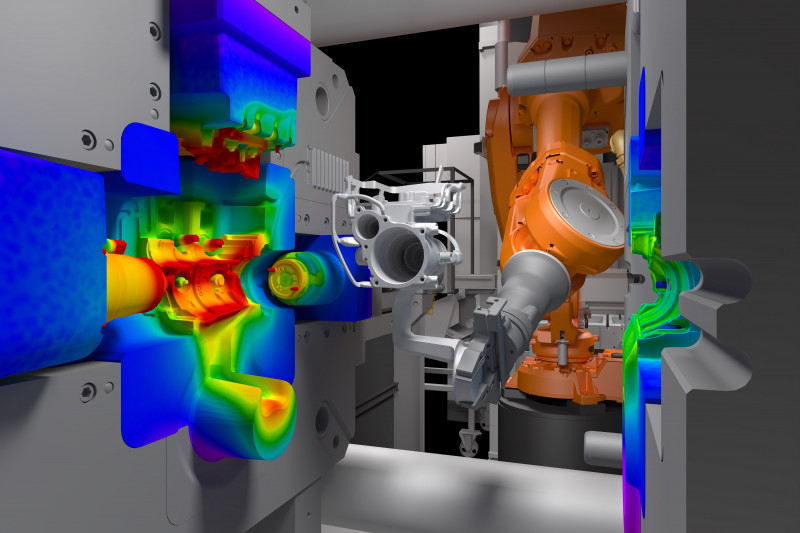Introduction:
In the world of product development, turning a concept into a reality is often a challenging task. This is where prototype manufacturing plays a crucial role. Prototype manufacturing is the process of creating a working model or a sample of a product to test its design, functionality, and feasibility before mass production. In this article, we will explore the various steps involved in prototype manufacturing and how it brings an idea to life.
Step 1: Conceptualization
The first step in prototype manufacturing is conceptualization. This involves brainstorming ideas, conducting market research, and identifying consumer needs. During this phase, designers and engineers work closely to ensure that the product meets the desired specifications and addresses market demands.
Step 2: Design and Engineering
Once the concept is finalized, the next step is to create a detailed design and engineering plan. This includes creating 2D and 3D models of the product using computer-aided design (CAD) software. The design and engineering phase is crucial as it helps identify potential flaws or challenges in the product\’s functionality or manufacturing process.
Step 3: Materials and Components Selection
After the design is complete, the next step is to select the appropriate materials and components for the prototype. This involves considering factors such as durability, cost, availability, and compatibility with manufacturing processes. The materials and components selected should closely resemble those that will be used during mass production to ensure accurate testing and evaluation.
Step 4: Prototype Fabrication
With the design, engineering plan, and materials finalized, the actual prototype fabrication begins. There are several methods of prototype fabrication, including 3D printing, CNC machining, and rapid injection molding. Each method has its advantages and limitations, and the choice depends on factors such as complexity, desired materials, and budget.
Step 5: Testing and Evaluation
Once the prototype is fabricated, it undergoes rigorous testing and evaluation. This includes assessing its functionality, durability, and performance under various conditions. Any flaws or issues identified during testing are documented and used to refine the design and improve the prototype.
Step 6: Iterations and Refinements
Based on the feedback from testing and evaluation, the prototype may undergo several iterations and refinements. This iterative process helps fine-tune the product design, address any issues, and ensure that the final product meets the desired specifications and quality standards.

Step 7: Production Planning
After the prototype has been thoroughly tested and refined, the next step is to plan for mass production. This involves determining the manufacturing process, estimating costs, and establishing a production timeline. Production planning is essential to ensure a smooth transition from prototype manufacturing to full-scale production.
Conclusion:
Prototype manufacturing is a crucial step in the product development process, allowing designers and engineers to transform a concept into a tangible reality. By going through the various steps of conceptualization, design and engineering, materials and components selection, prototype fabrication, testing and evaluation, iterations and refinements, and production planning, a prototype is transformed into a market-ready product. The prototype manufacturing process not only helps identify and rectify any flaws or issues but also provides valuable insights for optimizing design, functionality, and manufacturing efficiency. Ultimately, prototype manufacturing bridges the gap between an idea and its realization, paving the way for successful product launches and innovations.

 0086-750-5616188
0086-750-5616188 +86 13392089688
+86 13392089688 sales@zhongmei-tech.com
sales@zhongmei-tech.com













